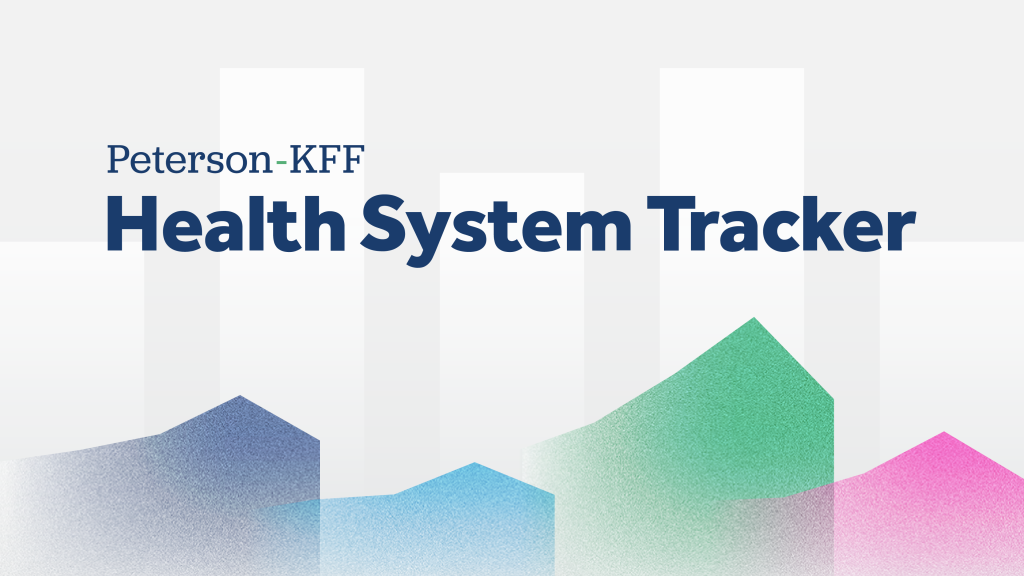Ten Things to Know About Consolidation in Health Care Provider Markets
Mergers and acquisitions involving hospitals and other health care providers are drawing attention from federal and state regulators, including the Federal Trade Commission, and policymakers amid concerns that such consolidations can reduce competition and contribute to the high costs of health care.
